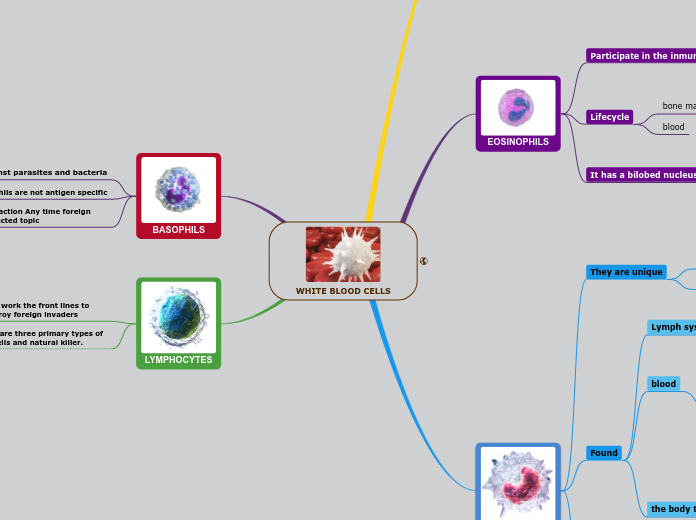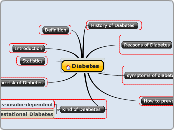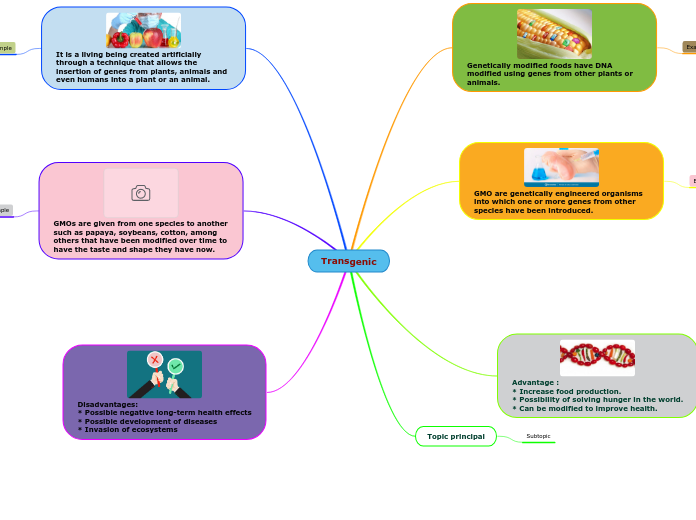Genetic Adaptation to Pathogens and How It Affects the Immune System Using Both Modern and Ancient Genomes
COLLABORATION
What we are looking for?
Possibility of
K in the area of Paleogenetics
Expertise in ancient DNA
DATA
Modern DNA
Qatar BioBank
14,000 samples
transcriptomics
2K
metbolomics
proteomics
3K
questionnaire
14k
for some we have information of their COVID status
Ancient DNA
4 periods
Middle Ages
ancient skeleton
Iron Age
Bronze Age
Neolithic
settlement
AIMS
OBJECTIVES
Effects of ancient migratory patterns on predisposition to diseases
Those ancestors who remain as bedouin in Arabia
from living in abundance to bedouin lifestyle
Those whose ancestors migrated from Southern Arabia to Levant
from Hunter Gatherer to Farmers
Comparison of retroviruses & endogenous viral elements
how this increases the likelihood of getting diseases
exogenous
becomes pathogenic/infectious after time
human T-cell leukemia virus type 1 (HTLV-1)
increase predisposition to lymphoma
trigger for other diseases
human herpesvirus 6 (HHV-6)
multiple sclerosis
endogenous
non-pathogenic/non-infectious after some time
human endogenous retroviruses (HERVs)
Subtopic
when did HERVs started to become non-infectious?
are there any proviruses that did not infect germ lines
i.e., exist in ancient but not in modern
Pathogenicity of variants over time
disease
Obesity and dyslipidemia
Artherosclerosis
Diabetes and insulin resistance
in particular
innate
number of genes
4000 - InnateDB
1500 - IRIS
evolutionary history of genes that encode for immune receptors
TOL and HMC
to look at presence/absence of
modifiers
eQTL
negative selection
give diadvantage
positive selection
give advantage
why?
how many non-deleterious variants in ancient past are now deleterious?
how many deleterious variants in ancient past are now benign?
what are the pathways or biological functions most affected?
at which ancient period did selective pressure occur the most?
how natural selection on immuno-related genes have impacted disease risk?
how changes in the genomic sequence over time shaped present-day predisposition to
diseases
ext of our previous study show that
genetic diversity in just Qatari Nationals alone can represent large amount of MENA genetics
it is a multi-disciplinary research team
immunologist
archaeologist
geneticist
bioinformatician









